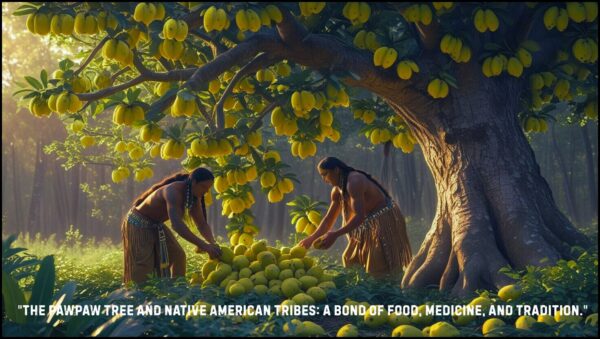What Is the Pawpaw Tree? Exploring Its Role with Native American Tribes
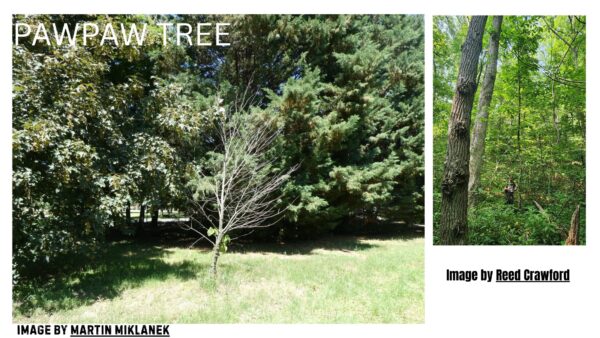
The pawpaw tree, or Asimina triloba, is a special tree native to North America that many people overlook today. It grows naturally in eastern forests and produces fruit that is sweet and tastes like bananas, mangoes, and melons. For centuries, the pawpaw tree and Native American tribes have shared a deep connection, as the fruit was not only a valuable food source but also a symbol of resilience. Even today, this fruit is often seen as helpful for people who are economically disadvantaged, offering a nutritious and accessible option rooted in indigenous tradition.
The pawpaw tree has big, drooping leaves and soft, creamy fruit. It is a special find in the forest. The fruit is tasty and has a rich history. For thousands of years, local tribes like the Cherokee and Shawnee relied on the pawpaw as an important food source, especially when other food was hard to find. They valued the tree for its food and healing properties, and it played a key role in their spiritual beliefs.
The Sweet Legacy: How Native Tribes Used Pawpaw Fruit
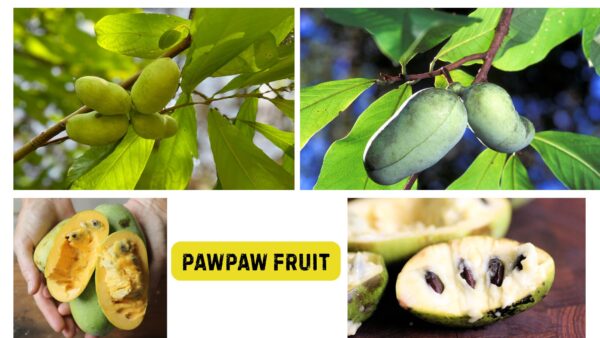
Pawpaw fruit is not only known for its rich, tropical flavour but also for its deep-rooted connection with many Indigenous communities. For tribes like the Cherokee, Shawnee, and Iroquois, it served as a reliable and nutritious food source, especially during harsh seasons when other resources were limited. Its dense nutritional profile offered vital energy and health benefits. This close relationship between the pawpaw tree and Native American tribes reflects how nature and culture were deeply intertwined, with the tree often nurtured and preserved as part of traditional food systems.
They enjoy pawpaw fruit both fresh and dried, taking care to store it in a dry place for long-lasting preservation. When needed, the dried fruit is readily available for use. Its dense pulp is expertly crushed and incorporated into delicious desserts and refreshing drinks. Rich in nutrients, the pawpaw fruit boasts a high content of vitamin C, magnesium, and powerful antioxidants, making it an excellent choice for strengthening the immune system and promoting overall health.
Why Is the Pawpaw Tree Called Asimina triloba?
The pawpaw tree and Native American tribes share a deep-rooted connection—scientifically, the tree is known as Asimina triloba. The name Asimina comes from the Powhatan word assimin, which many Native American tribes used for the pawpaw fruit. The name triloba describes the tree’s flowers, which have three triangular lobes. This feature helps identify the plant.
The pawpaw tree holds significant cultural importance for indigenous peoples in eastern America, who have utilised it for food, fibre, and medicine. When European scientists studied the tree, they combined indigenous terms with Latin taxonomy, naming it Asimina triloba.
Whispers of the Wild: The Lost History of the Pawpaw Tree and Native Tribes
Before ancient botanists named it Asimina triloba, the pawpaw tree thrived quietly in the forests of North America for centuries. For many Native American tribes, such as the Shawnee, Cherokee, and Iroquois, the fruit was more than just a source of nourishment; it represented a “living legacy” connected to their beliefs and traditions.
The information we are sharing about the pawpaw tree, its fruit, and the associated beliefs is not easily found in books or articles. Instead, it comes from oral traditions, stories, and folk songs that have been passed down through generations. The fruits of the pawpaw tree were shared on special occasions, and stories were often told beneath its branches. These cultural practices reveal the deep-rooted relationship between the pawpaw tree and Native American tribes, where knowledge, food, and spirituality were all deeply intertwined.
Stories Beneath the Leaves: Oral Traditions of the Pawpaw Tree and Native American Tribes
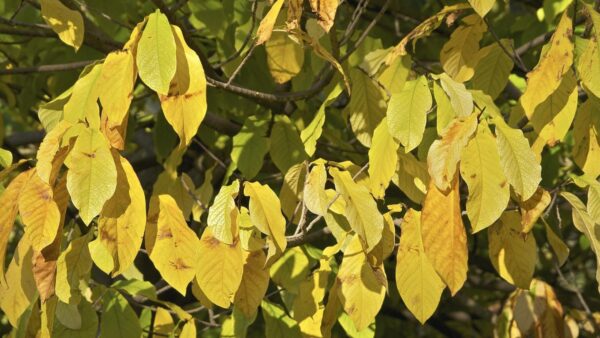
The living relationship between the pawpaw tree and oral traditions:
The pawpaw tree is more than just a wild fruit; it holds special meaning for many Native American tribes. Long ago, groves of pawpaw trees grew in lush valleys where ancestors learned important life lessons under their shade. Since there was no written language at that time, trees, rivers, mountains, and other natural elements were the main ways for these communities to share knowledge and culture.
Location of Folk Tales:
Some older translations indicate that the pawpaw tree was referred to as the “tree of life” by the Shawnee and Cherokee communities. In the deep connection between the pawpaw tree and Native American tribes, children learned the secrets of life, the rhythms of nature, and the rules of their community while sitting in its shade.
Folk songs and pawpaws:
In Native American folk songs, life is intricately connected to the ripening of the pawpaw fruit, symbolising themes of love, joy, and sacrifice. The maturation of the flower parallels the ripening of the fruit, a powerful representation of growth and transformation. For example, a well-known folk song highlights this profound connection:
“As the pawpaw ripens, so does the heart grow,
Love is like in the midst of the shadows.”
In Native American folk songs, life is symbolized by the ripening of the pawpaw fruit, reflecting love, joy, and sacrifice. As the flower matures, so does the fruit. A well-known folk song highlights this connection, showcasing the deep emotional and cultural ties between the pawpaw tree and Native American tribes.
Pawpaw Festival and Occasion:
In many Native American communities, ripe pawpaw fruit was used as food to celebrate the season and honor ancestors. During these occasions, stories of experiences were shared under the tree. These gatherings became a vital source of folk memory, even in the absence of written documentation.
Why is it important in today’s times?
Tribal languages and oral traditions are slowly disappearing today. The mention of natural symbols like the pawpaw is becoming rare, where “the feelings of the forest come alive again.”
Folk Songs of the Forest: How the Pawpaw Tree and Native American Tribes Shared Their Stories
The original tribal communities of ancient times had a deep connection with the natural world. The pawpaw tree served not only as a source of food, but also as a place for learning about the laws of life, nature, and society. Under its shade, elders shared stories, lessons, and the secrets of life with their children. This tradition was passed down orally and also expressed visually through folk songs.
In the folk songs of Native American tribes, the growth and ripening of the pawpaw fruit symbolizes the cyclical nature of life, love, happiness, and sacrifice. As the pawpaw fruit matures, it reflects the development of love and conflict in life. These songs served not only as entertainment but also as a means of preserving culture and knowledge across generations.
The relationship between the pawpaw tree and Native American tribes was deeply rooted in cultural rituals and seasonal festivals. Festivals celebrating the ripening of the pawpaw were highly significant for the Native American tribal community. During these occasions, community members would gather under the shade of the pawpaw tree to express their respect and gratitude for the natural cycle. Special folk songs were sung, and various folk dances dedicated to nature were performed during these celebrations. These rituals reflected the community’s reverence for the tree and strengthened their spiritual and ecological bond with nature.
The Holy Tree of the Forest: How The Pawpaw Tree and Native American Tribes Shared Beliefs and Rituals
The pawpaw tree, thriving in the dense forests and along the riverbanks of North America, holds a vital and sacred place in the lives of Native American tribes. In an era marked by a scarcity of food grains, the pawpaw tree was a crucial source of energy for survival. For the pawpaw tree and Native American tribes, this bond went beyond nutrition — its bark provided medicinal properties that were widely used to treat various illnesses. The tree became both a symbol of sustenance and healing within tribal traditions.
This tree was not merely a fruit producer; it stood as a powerful symbol of fertility, protection, and a deep spiritual connection to the earth. Tribes such as the Shawnee, Cherokee, and Iroquois recognised the healing powers of the pawpaw and integrated it into their seasonal celebrations and youth rituals, underscoring its significance in their cultures.
Prayers were offered in the serene shade of the pawpaw tree, accompanied by the singing of folk songs. During this gathering, ancestors recounted their experiences and imparted valuable life lessons. This practice serves as a cultural bridge between nature and the human spirit. The profound relationship between the pawpaw tree and the tribal communities exemplifies their deep respect for the natural world, which is deeply woven into the fabric of their lives.
Pawpaw Festival Through Time: The History and Today’s Celebrations of the Pawpaw Tree and Native American Tribes
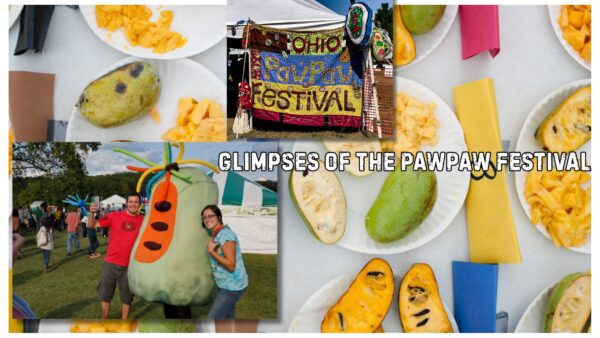
The Pawpaw Festival is not just a celebration of fruit; it’s a vibrant cultural event that honours the rich history between the pawpaw tree and Native American tribes. Communities such as the Shawnee, Cherokee, and Iroquois held lively seasonal rituals and gatherings to celebrate the ripening of the pawpaw fruit. These ceremonies were infused with gratitude for nature, joy in the bounty of life, and a commitment to strengthening community bonds. Today, the festival echoes this spirit, bringing people together to revel in the shared appreciation for the pawpaw and the cultural heritage that surrounds it.
The Ohio Pawpaw Festival, established in 1999, is the largest celebration of this unique fruit. It gathers fruit enthusiasts, historians, and cooks for a lively celebration of all things pawpaw! If you want to see the Pawpaw Festival, plan for 2025. The schedule is below. Discover the Pawpaw Festival of the Native American Tribes.
Important festivals are also celebrated in the states of Illinois, Kentucky, and South Carolina.
The Pawpaw festivals of today serve to honour and revitalise the longstanding tradition and deep connection between the Pawpaw tree and indigenous tribes, infusing them with a fresh spirit of appreciation and community.
FQA
Why is the pawpaw tree important in Native American culture?
Native American tribes like the Shawnee and Cherokee have long valued the pawpaw tree for its nutritious fruit and cultural significance in their traditions and spirituality, highlighting the deep relationship between the pawpaw tree and Native American tribes.
How have the pawpaw tree and Native American tribes influenced each other’s traditions and way of life?
The pawpaw tree is crucial to Native American tribes, offering nutrition and symbolising heritage and sustainability.
What medicinal uses did the pawpaw tree and Native American tribes share in traditional healing?
The pawpaw tree has a significant history with Native American tribes, who used its bark, leaves, and seeds to treat ailments like fever and digestive issues, underscoring its importance beyond food.
Are pawpaw trees found only in North America?
yes, the pawpaw tree is native to North America, linking it closely to Native American tribes.
How is the pawpaw tree used in storytelling and folklore among Native tribes?
The pawpaw tree is significant in Native American storytelling, symbolizing growth, change, and renewal. Generations of Native American tribes have shared stories that use the pawpaw to convey important moral lessons, highlighting the deep connection between the pawpaw tree and Native American tribes.
Conclusion
In conclusion, the discussion of the pawpaw tree and Native American tribes is a beautiful reminder of how nature and culture are intertwined. More than just a fruit-bearing tree, the pawpaw has nourished the body, healed wounds, and inspired countless experiences passed down from generation to generation. This remarkable bond shows us the wisdom and respect held by Native American tribes for the natural world – a legacy that still teaches us today the importance of harmony with our environment. Celebrating the pawpaw tree means honoring the history, tradition, and living connection to the living spirit of indigenous communities. We will cover this in more detail in another blog.
In free to share your feedback.If you have any issues or any kind of questions.you can comment below. Thnak u…..

